
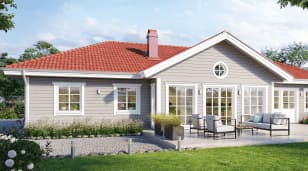
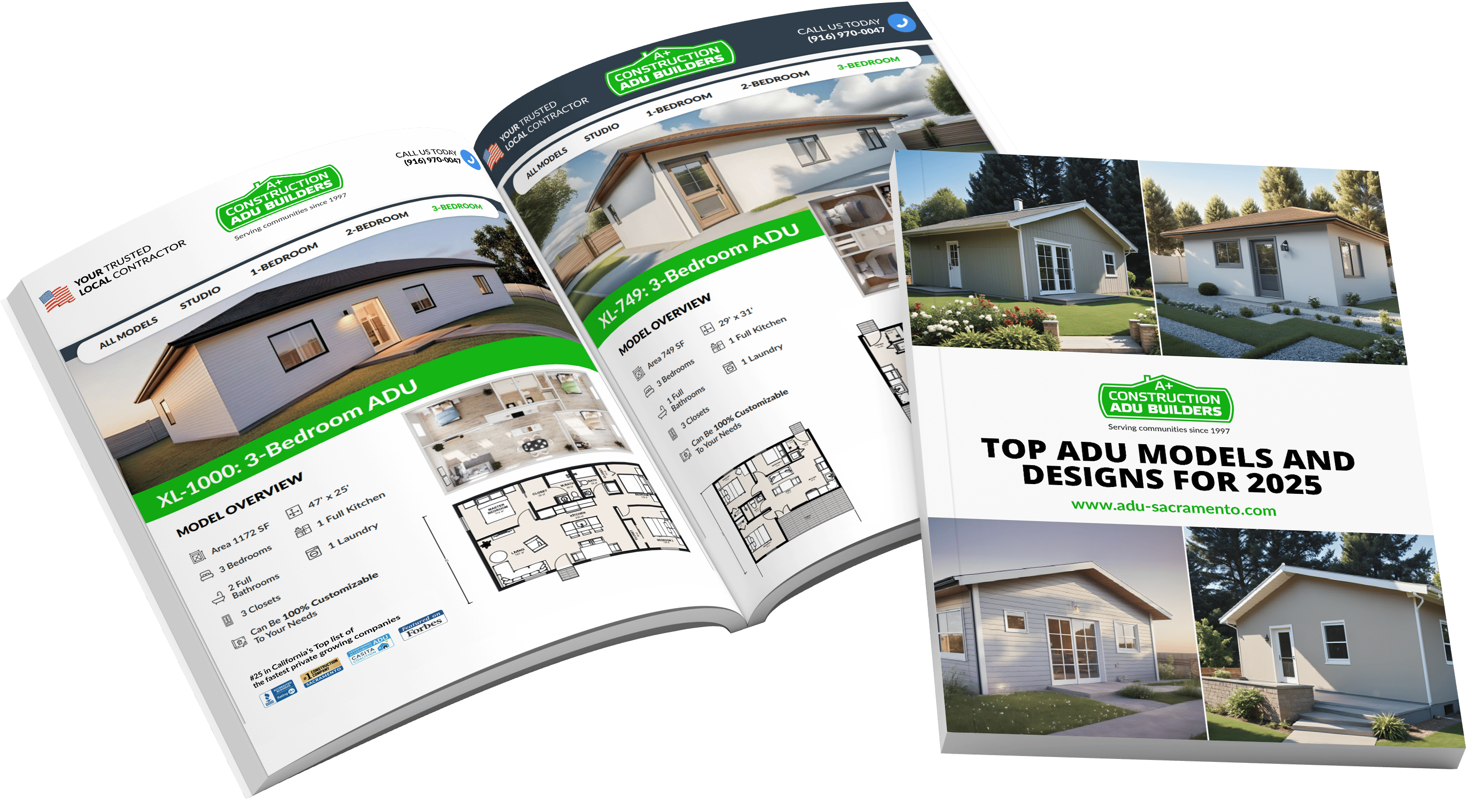


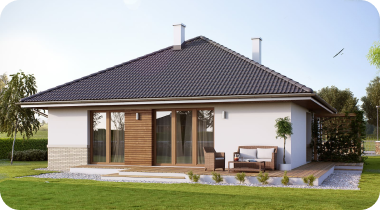
A link to download your FREE brochure will be in your inbox in 3 minutes
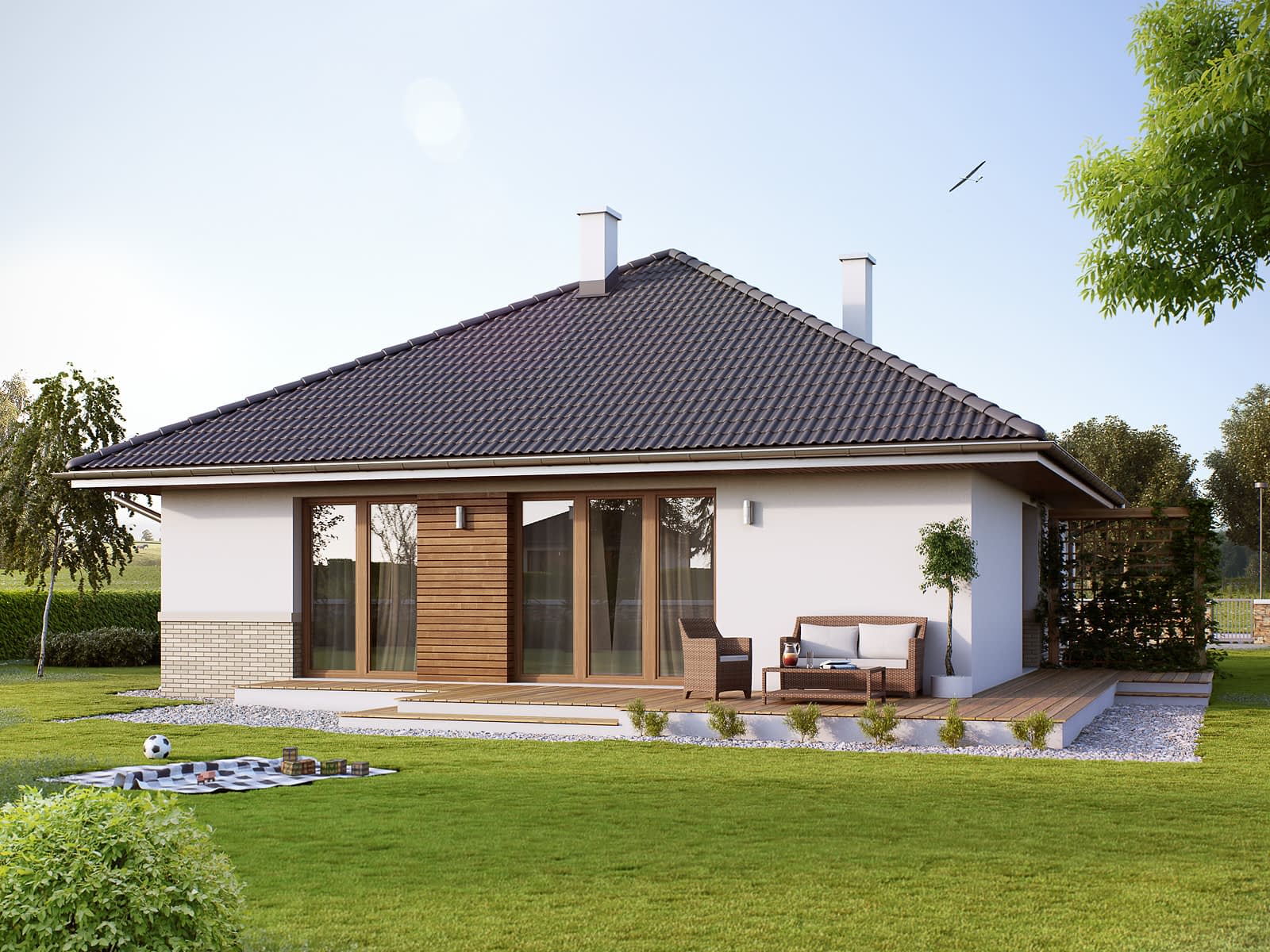


















The final price may vary based on project specifics.
To get a free accurate quote tailored to your needs, book a consultation with us today!

The price per square foot provided is an average and may vary depending on project-specific details such as materials, location, complexity, and other factors. Actual costs may differ from the average provided.
It is recommended to obtain a detailed quote based on the specific requirements of your project.

Please note that the monthly payment displayed on this page is an estimate and is subject to variation based on the selected loan product, applicants credit score, loan amount, and other financial details. Actual monthly payment may differ from the estimate provided.
It is recommended to seek advice from a financial advisor or loan officer to obtain precise payment information tailored to individual circumstances.
 Your Trusted
Local Contractor
Your Trusted
Local Contractor
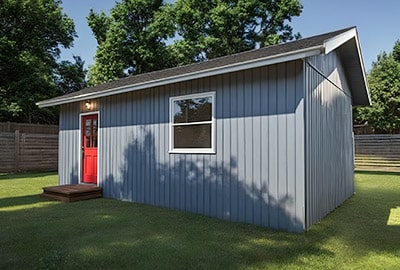
Accessory dwelling units (ADUs) are tiny homes situated in the backyard of your land. Unlike the primary dwelling, they can only reach as much as 1000–1200 sq. ft. in the best-case scenario. However, they share most of the features of the main house, which is located on the same lot. They are functional, self-sufficient, compact units equipped with all amenities. They can serve as a source of additional income, additional space for a family member or guests, a valuable asset, and a multifunctional area for in-home activities.
An accessory dwelling unit may be custom or prefab. In this article, we’ll explore the peculiarities of prefab ADUs, discuss prefab construction, and learn all about the benefits that prefab ADUs offer!
If you wonder how a prefabricated accessory dwelling unit differs from a custom one, let’s take a closer look at the following aspects:
If ADU builders construct custom ADUs on-site, it’s not the same with prefab ADUs. ADU builders who sell prefab homes first manufacture their critical components at the factory and transport them to the site for assembly.
Customs ADUs offer more flexibility and diversity. While ADU builders who engage in prefab ADU building adhere to strict quality standards thanks to thorough inspection of materials at the factory as well as a more controlled approach (meticulous testing, keeping documentation) and adherence to building codes.
With a custom ADU, ADU professionals do everything from scratch: drawing up blueprints., making calculations, and so on. On the other hand, a prefab ADU offers an array of pre-designed layouts and architectural styles of ADU models.
Summing up, modular ADUs simplify the process of ADU building by utilizing factory-made parts for on-the-lot installation, promoting strict observance of building standards. While custom ADUs offer more freedom in designs, prefab ADUs boast faster construction times thanks to their preset layouts.
When choosing to add living space to that near your existing primary house, every homeowner has their own needs and preferences. If you’re looking for a prefab ADU specifically, there are several perks they offer in conjunction with customized ADU homes.
The significant advantages of prefab ADUs are:
A larger production scale and a streamlined process lead to a more affordable end price for prefab accessory dwelling units. Also, jumping through several stages and minimizing material waste also allows you to save money.
Tiny homes built off-site avoid or minimize such building delay factors as weather delays, issues with logistics, building process mistakes, inconsistencies with the local jurisdiction laws, etc. Besides, since the layouts offered to homeowners are ready, you don’t need to spend time on lengthy ADU development.
Are you worried about building permits? If you acquire a prefab ADU, it will be easier, faster, and often cheaper for you to get a building permit. All this is due to the fact that prefab ADUs offer standardized designs that have already received approval from other homeowners.
Fluctuating costs are one of the most common homeowner complaints. Customized secondary units may have varying permit fees due to their versatile construction. On the other hand, kit homes come with predetermined costs as their specifications don’t change from one project to another.
Prefab ADUs, as well as other ADUs, are a means to oppose the affordable housing crisis. Being compact living spaces within your property, modular homes aim at utilizing existing land in the most efficient way.
They are more cost effective than traditional homes and offer flexible housing, storage, and other utilization options, namely:
It often happens that there is a replenishment in the family or that the child grows up and needs his own space. However, buying a new home is an expensive undertaking. Modular ADUs are not only cheaper but also speedy-construction options that provide your family members with everything necessary for a comfortable life.
If you’re a social butterfly who likes to invite guests for the weekend or host family reunions, an ADU built in your backyard will relieve your family and guests from the necessity of crowding in the primary dwelling.
Granny flats or in-law units are affordable housing for your aging relatives. Not only will you have no need to pay for expensive assisted living facilities, but your loved ones will be able to spend their days with family and in the comfort and familiarity of their neighborhoods.
Rental income is one of the primary reasons for ADU construction. If you have money to invest in an ADU, you may potentially make from $1,200 to $3,000 depending on the ADU’s size, location, presence of luxury amenities, and other factors of ADU allure.
By building an ADU on your property, you can significantly increase the market value of your assets. Since real estate market players often see ADUs as upgrades to the property, they may sometimes pay 20–30% more than the original price of your land and primary dwelling if an ADU is present.
A private ADU in your backyard offers the privacy and functionality of a traditional home and combines them with effective use of space. If you’re thinking about a home office with less noise coming from your main house, ADU construction is a solution. On the other hand, if you need a music studio or handcraft house where you can put your supplies, you can also accommodate your ADU for this purpose.
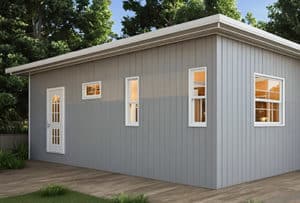
Like all ADUs, prefab units may differ in their physical form. Prefab ADU providers offer ADU apartment studios for single occupants or couples, one-bedroom ADUs for one or two, two-bedroom ADUs for families or individuals who require spacious rooms, and ADUs with customized layouts. The last ones include L-shaped ADUs, multi-leveled ADUs, ADUs on a raised platform, etc.
Prefab ADUs may be modular and panelized. Modular ones are complete units that ADU builders construct at the factory and transfer to the place in one or several pieces. Differently, panelized ADUs consist of panels including walls, floors, and even roofs transported separately from each other.
Besides this ADU classification, there’s also a more common one:
A detached ADU is an autonomous construction in the backyard equipped with its own separate utility connections. The livable space inside consists of a sleeping area, a food preparation area, and an area with bathing facilities.
Attached ADUs integrate into the existing structure of the main house, allowing ADU and house residents to basically live under one roof. It often shares utility connections with the house. This type of dwelling unit offers slightly less privacy, but it’s also less expensive.
Some ADU providers can transform your garage into a functional dwelling unit. They offer pre-manufactured ADUs that can fit different homeowners’ needs. If you have insufficient space and a decent budget, a prefab garage conversion will suit you well.
This construction occupies the empty space above the garage. If you have no available land in your backyard, it may become a space-efficient and modern solution.
Building an ADU inside your existing house? It’s also possible if the living area meets ADU criteria for minimum size and amenities. If you have a spare bedroom or an old, unused basement, you may turn it into a small but functional, self-sufficient unit.
In many cases, prefab ADU providers offer full or partial off-site construction transported to your land, so many models are standalone. However, some ADU builders are willing to incorporate more flexible ADU housing options like attached ADUs, garage conversions, or internal ADUs.
The ADU construction process consists of several key phases: preparation, building, and permit acquisition. One of the most important ones is obtaining building permits. This involves researching local regulations, submitting a permit application, paying fees, and waiting for plan review and approval.
Nevertheless, the physical building stages are no less crucial. They encompass:
All of these, or most of them, happen off-site. Property owners only need to make preparations of the property for building and wait for the transportation and assembly of ADU components. ADU builders transport the components with flatbed trucks and other large vehicles, and then put them together with a crane or other lifting equipment. After all ADU components are at their respective places, builders will add exterior finishes (doors, windows) and interior finishes (cabinets, paint, and floors).
All in all, prefab construction methods suggest improved efficiency, enhanced quality oversight, and quicker construction timelines than traditional methods of ADU building.
When we talk about prefab ADUs with additional features, there are a few aspects worth mentioning. Firstly, recent trends for eco-friendly housing don’t go away. Many ADU builders offer units made with the use of recycled materials or energy-efficient fixtures. They may incorporate such specificities as green roofs, solar panels, or rainwater collection systems. Many homeowners prefer to use LED-lights, smart thermostats, or energy-efficient appliances like energy-preserving fridges, variable-speed air conditioners, low-flow shower heads, induction cooktops, and many more.
Another popular feature of prefab and non-prefab ADUs is the incorporation of advanced technologies. Examples of such technologies are smart home systems, voice-command assistants, smart switches of light, surveillance cameras and motion sensors, remote-controlled systems (e.g., smart locks), devices for tracking energy consumption, and so on.
Like traditional ADUs, prefab ADUs can also cater to the needs of specific audiences. There are a range of features that are aimed at helping elderly people. ADU builders can install non-slip floors and grab bars so your loved ones are safer. Sometimes, they may offer designs for individuals using wheelchairs. Moreover, they can equip the tiny house with systems for monitoring the state of your edging relatives or special alert devices to keep them safe and sound.
In conclusion, ADUs are developing to provide innovative and customizable solutions to each property owner by promoting the spread of energy efficiency features, eldercare features, and cutting-edge technologies in their designs.
Modular ADUs are the cheapest ADU options because their optimized manufacturing process, pre-designed options, and non-changing suppliers and specialists enable prefab ADU builders to make ADUs more affordable. This way, homeowners may enjoy reasonable and set pricing backed up by the swiftness of the process.
Modular ADUs are units constructed of several modules (bathroom units, kitchen units, and bedroom units), which you can pick from and put together like a constructor, while prefab ADUs are single structures. ADU builders construct both types of ADUs off-site, but modular units offer more diversity in composition. On the other hand, prefab units provide faster installation timelines.
Surely, there are many factors that influence the cost of prefab units. The overall price may range from $60,000 to around $200,000, depending on the ADU location, layout, cost of finishes, special features, permitting fees, and costs of site prep required for the particular lot.
To find out if your jurisdiction allows ADUs for multi-family units, you’ll need to check your local building code. However, most California permits such ADUs, given that you observe the laws and zoning regulations established for ADU number, dimensions, location, and types of ADUs permitted for multi-family properties.
As a rule, prefab ADU construction takes from a few weeks to a few months after manufacture and site preparation. However, such factors as the complexity of the design, the unit size, the production time, and delays in passing through local permit procedures can influence the time of the prefab ADU building.
Get a First Look at Real ADU Projects